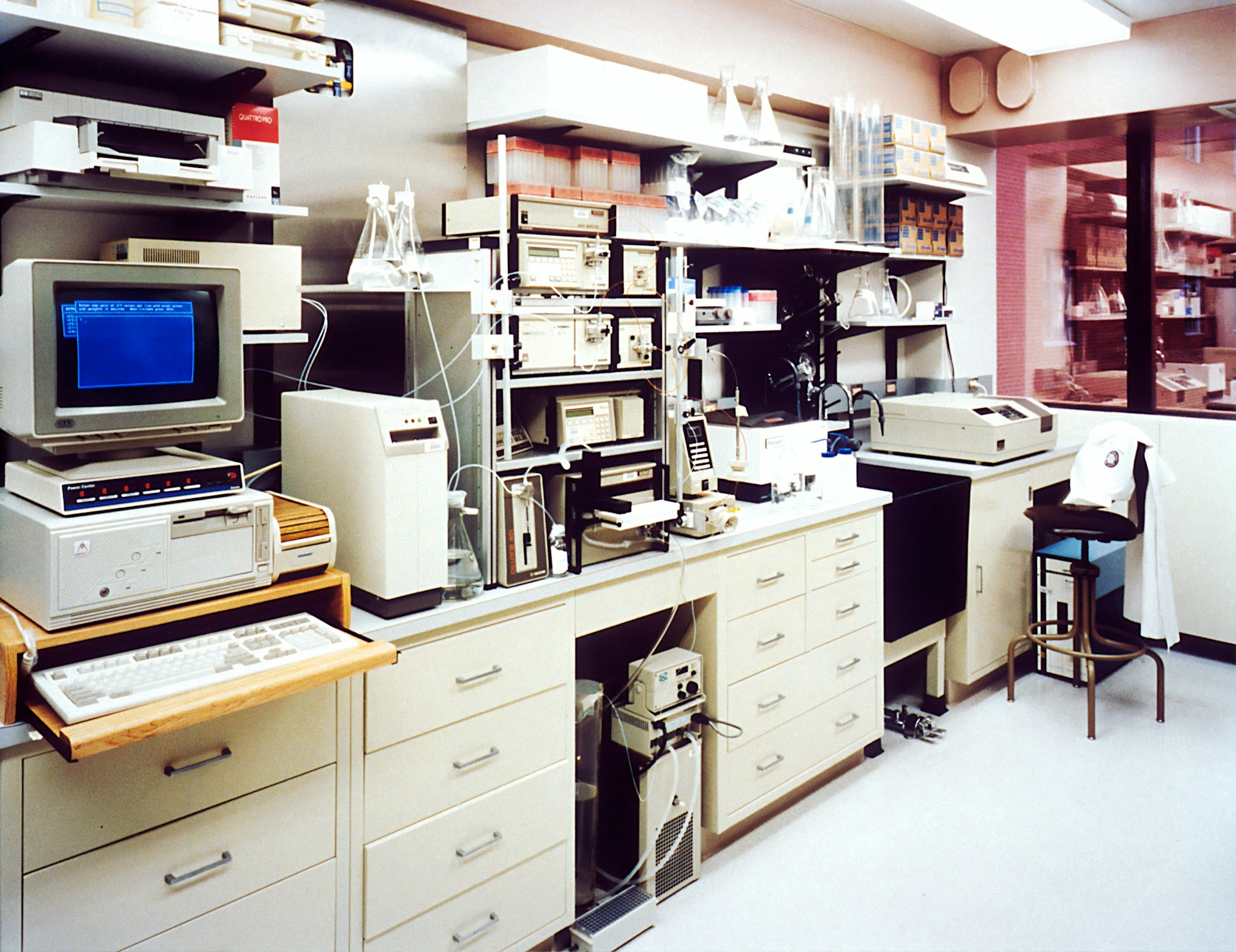Have you ever wondered why healthcare providers maintain such detailed records of your medical history?
From the moment you step into a doctor’s office to years after your last visit, your medical information becomes part of an intricate documentation system that plays a crucial role in your healthcare journey.
What is the Purpose of Medical Records?
Medical records serve as the foundation of modern healthcare, documenting everything from routine check-ups to complex surgical procedures.
These records not only help healthcare providers make informed decisions about their treatment but also protect both patients and medical professionals in cases of disputes or emergencies.
In today’s digital age, understanding these records has become more important than ever as patients take a more active role in their healthcare management.
This comprehensive guide will walk you through the 15 essential types of medical records used in healthcare settings.
Each type serves a specific purpose and contains different information that contributes to the overall picture of a patient’s health status.
1. Electronic Medical Records (EMRs)
EMRs are the digital versions of the paper charts in clinician offices, clinics, and hospitals. They contain notes and information collected by and for the clinicians in that office, clinic, or hospital.
What is the Benefit of EMRs?
EMRs Enable providers to track data over time, identify patients for preventive visits and screenings, and improve healthcare quality.
Who Benefits from EMRs?
Clinicians, patients, and healthcare providers within the same office or clinic.
Who Manages EMRs?
Clinicians and healthcare providers in the office, clinic, or hospital.
Learn more about Electronic Medical Records in detail.
2. Electronic Health Records (EHRs)
EHRs offer a broader view of a patient’s care, containing information from all authorized clinicians involved in the care. They can be shared with other healthcare providers, such as laboratories and specialists.
What is the Benefit of EHRs?
Improves the coordination of care by providing accurate, up-to-date information to all involved healthcare providers.
Who Benefits from EHRs?
Patients, clinicians, and all healthcare providers involved in the patient’s care.
Who Manages EHRs?
Healthcare providers and organizations using the EHR system.
3. Personal Health Records (PHRs)
PHRs contain diagnoses, medications, immunizations, family medical histories, and provider contact information. PHRs can include data from various sources, including clinicians and home monitoring devices.
What is the Benefit of PHRs?
PHRs allow patients to maintain and manage their health information in a private, secure, and confidential environment.
Who Benefits from PHRs?
The Patients
Who Manages PHRs?
The Patients themselves.
4. Problem-Oriented Medical Record (POMR)
POMRs focus on the patient’s specific problems, with a list of problems and corresponding progress notes. This method ensures easy tracking of treatment courses for each problem.
What is the Benefit of POMRs?
Facilitates easy and organized documentation of a patient’s treatment and response.
Who Benefits from POMRs?
Clinicians and patients.
Who Manages POMRs?
Healthcare providers.
5. Admission Notes
Admission Notes document the patient’s condition and reason for hospital admission.
What is the Benefit of Admission Notes?
Provides a baseline for ongoing care and treatment planning.
Who Benefits from Admission Notes?
Hospital staff, clinicians, and patients.
Who Manages Admission Notes?
Hospital admissions staff and clinicians.
6. Progress Notes (SOAP Notes)
SOAP notes document the patient’s condition, treatment plan, and progress over time using the SOAP method (Subjective, Objective, Assessment, Plan).
What is the Benefit of SOAP Notes?
These help track the patient’s response to treatment and adjust the care plan accordingly.
Who Benefits from SOAP Notes?
Clinicians, patients, and other healthcare providers.
Who Manages SOAP Notes?
Healthcare providers.
7. Operative Notes
Operative Notes are the detailed records of surgical procedures, including preoperative, operative, and postoperative notes.
What is the Benefit of Operative Notes?
Provides a comprehensive account of the surgical intervention for future reference and care planning.
Who Benefits from Operative Notes?
Surgeons, anesthesiologists, patients, and other healthcare providers.
Who Manages Operative Notes?
Surgical teams and healthcare providers.
8. Diagnostic Reports
Diagnostic Reports include results from lab tests, radiology examinations, pathology reports, and other specialized testing.
What is the Benefit of Diagnostic Reports?
Helps in diagnosing conditions and planning treatment.
Who Benefits from Diagnostic Reports?
Clinicians, patients, and other healthcare providers.
Who Manages Diagnostic Reports?
Laboratory staff, radiologists, and healthcare providers.
9. Treatment Records
Treatment Records document the treatments, medications, and therapies administered to the patient.
What is the Benefit of Treatment Records?
Ensures continuity of care and helps in tracking the effectiveness of treatments.
Who Benefits from Treatment Reports?
Clinicians, patients, and other healthcare providers.
Who Manages Treatment Reports?
Healthcare providers.
10. Medication Information
Medical Information is a summary of the patient’s current and previous medications, as well as any medical allergies.
What is the Benefit of Medication Information?
This helps in avoiding medication errors and allergic reactions.
Who Benefits from Medication Information?
Patients, clinicians, and pharmacists.
Who Manages Medication Information?
Healthcare providers and pharmacists.
11. Family History
Family History lists the health status of immediate family members, including causes of death and diseases common in the family.
What is the Benefit of Family History?
Family History helps in predicting genetic predispositions and planning preventive care.
Who Benefits from Family History?
Patients, clinicians, and family members.
Who Manages Family History?
Healthcare providers.
12. Social History
Social History documents the patient’s lifestyle, social habits, and other non-medical factors that could impact health.
What is the Benefit of Social History?
Provides a holistic view of the patient’s health, helping in comprehensive care planning.
Who Benefits from Social History?
Clinicians, patients, and other healthcare providers.
Who Manages Social History?
Healthcare providers.
13. Consent Forms
Consent Forms include informed consent forms for treatments, procedures, and participation in clinical trials.
What is the Benefit of Consent Forms?
Ensures that patients are fully informed and have given their consent for medical interventions.
Who Benefits from Consent Forms?
Patients, clinicians, and healthcare institutions.
Who Manages Consent Forms?
Healthcare providers and hospital administrators.
14. Advance Directives
Advance Directives include living wills, do-not-resuscitate orders, and other advance care directives.
What is the Benefit of Advance Directives?
Ensures that the patient’s wishes regarding end-of-life care are respected.
Who Benefits from Advance Directives?
Patients, families, and healthcare providers.
Who Manages Advance Directives?
Patients and healthcare providers.
15. Legal Medical Records (LMRs)
LMRs are the official business records of healthcare services provided, which can be certified for legal proceedings or the release of patient medical records.
What is the Benefit of Advance Directives?
Serves as legal documentation of healthcare services, ensuring compliance with regulations and legal requirements.
Who Benefits from Advance Directives?
Patients, healthcare providers, and legal entities.
Who Manages Advance Directives?
Healthcare institutions and their designated record custodians.
These types of medical records are essential for maintaining accurate, comprehensive, and accessible healthcare information, which is crucial for providing high-quality patient care.
Conclusion
As we’ve explored the various types of medical records, it’s clear that each plays a vital role in maintaining comprehensive healthcare documentation.
These records work together like pieces of a puzzle, creating a complete picture of a patient’s medical history, current health status, and treatment plans.
Understanding these different types of medical records empowers both patients and healthcare providers to make better decisions about medical care.
For patients, this knowledge helps them become more active participants in their healthcare journey, enabling them to ask informed questions and better understand their treatment options.
For healthcare providers, proper documentation through these various record types ensures continuity of care, reduces medical errors, and supports better patient outcomes.
As healthcare continues to evolve with technological advancements, the way we maintain and access medical records will likely change. However, the fundamental importance of accurate, detailed, and well-organized medical documentation remains constant.










